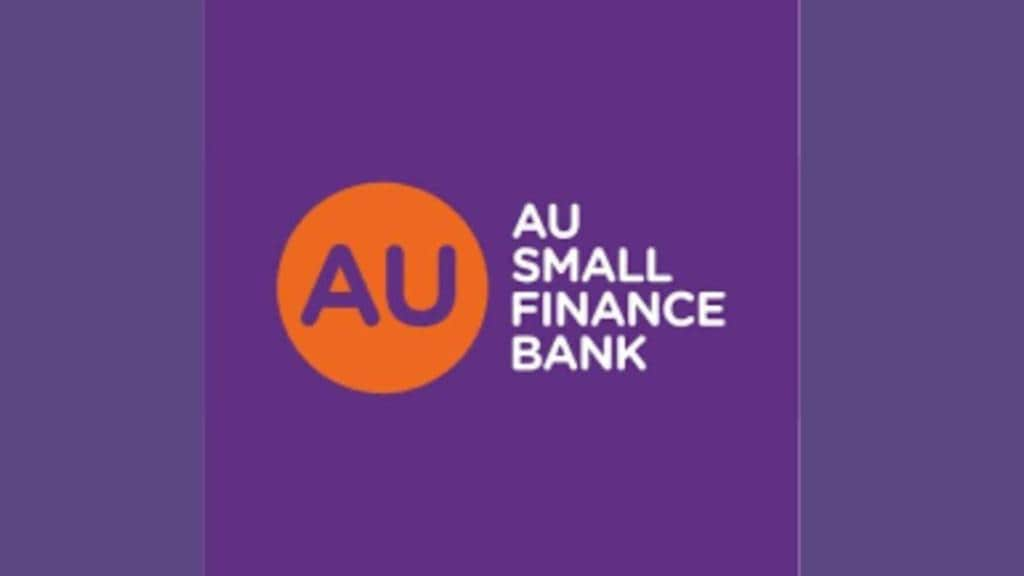The proposed merger of Fincare Small Finance Bank (SFB) with AU SFB will lead to higher focus on growing the latter’s micro finance (MFI) loan book, said MD & CEO Sanjay Agarwal in a press conference on Monday.
“This merger allows us to go to the last mile of the society where we were not there till now,” Agarwal said, adding that the merger brings in experienced senior officials from Fincare SFB who have witnessed the various downcycles of microfinance business, including the 2010 Assam crisis.
As per the merger agreement, shareholders of Fincare Small Finance Bank shall receive 579 equity shares of AU Small Finance Bank for every 2,000 shares held. The merger deal is subject to Fincare SFB promoters infusing Rs 700 crore in AU SFB.
AU SFB, despite being the largest SFB in space, does not have a high exposure to the micro loan segment, and focuses predominantly on secured loans.
The lender’s overall loans grew 24% year-on-year (YoY) to Rs 65,029 crore as of September end. Of the total advances, micro business loans contribute 29%. On the other hand, microfinance loans are the bread and butter of Fincare as it contributes 54% of the overall advances whereas micro business loans contribute 19%.
Even after the proposed merger, AU SFB intends to cap the share of micro loans in overall portfolio at 10%-11%, Agarwal said, adding that Fincare’s acquisition will also expand the reach of a pre-dominantly North India- focused AU SFB to South Indian geographies, as Fincare has 49% of its 1,292 branches in the Southern region.
Regulatory scrutiny:
Rajeev Yadav, MD & CEO at Fincare SFB, who will become the deputy CEO after the merger, said he has “reasonable faith” that the proposed merger gets regulatory nod from the Reserve Bank of India (RBI) and Competition Commission of India (CCI).
Since 2021, Fincare has been trying to go for an initial public offering (IPO). However, economic downturn due to Covid-19 second wave put paid to their plans. Even earlier this year, the Securities and Exchange Board of India (Sebi) in March earlier this year reportedly returned Fincare’s draft red herring prospectus (DRHP). However, in September, it did get the clearance from the market regulator for Rs 650 crore IPO.
Agarwal says AU SFB may contemplate applying for a universal bank license after 12-18 months of complete culture and technology integration with Fincare. “Everything is possible in world. Possibility makes us live,” he said. He added that AU SFB is already becoming a “complete bank” with acquisition of microfinance portfolio, its various other credit products, scale, size and brand.
Execution is key
While the management of AU SFB and Fincare are both confident of gaining multiple synergies due to the proposed merger, market sentiment was not upbeat regarding AU’s stocks, which ended trading 3.4% lower at Rs 666 apiece on the BSE today.
Analysts tracking the bank’s stock say that executing the merger with successful people and technology integration, along with sustaining the current the pace of loan growth and return on asset ratio (RoA) would be the key factors to track from here on.
Nitin Agarwal, head of BFSI, institutional equities at Motilal Oswal, said AU SFB has been maintain its loan growth at 25%-27% over the last quarters and post merger the pace of loan growth would be slightly higher due to geographical expansion in Southern region.
He says the net interest margin (NIM) of AU SFB will likely rise to over 6% post-merger from 5.5% as of Q2FY24 due to the higher yielding book of Fincare. While NIM and loan growth will be higher, asset quality needs to be watched out.
“MFI businesses have been more cyclical and credit cost cycle has been more sharper, so we will need to watch out if AU SFB is able to control that piece well as well as how well it manages its own portfolio,” he said.
Dnyanada Vaidya, BFSI research analyst at Axis Securities, said the management of Fincare SFB is targeting Rs 10 crore of recoveries each month. Though AU SFB has been able to maintain its RoA at 1.8%-1.9%, with higher cost of funds, investments in new business and digital infrastructure, operating cost will likely be higher from here on. The pace of AU SFB’s loan growth post-merger would also be a key factor to track, she said.

